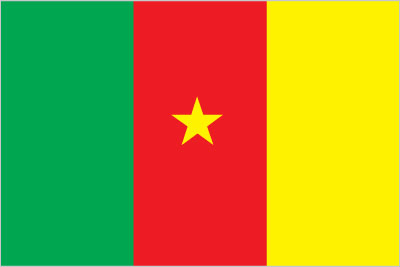
French Cameroon became independent in 1960 as the Republic of Cameroon. The following year the southern portion of neighboring British Cameroon voted to merge with the new country to form the Federal Republic of Cameroon. In 1972, a new constitution replaced the federation with a unitary state, the United Republic of Cameroon. The country has generally enjoyed stability, which has permitted the development of agriculture, roads, and railways, as well as a petroleum industry. Despite slow movement toward democratic reform, political power remains firmly in the hands of President Paul BIYA.
petroleum, bauxite, iron ore, timber, hydropower
arable land: 13.04%
permanent crops: 2.94%
other: 84.01% (2011)
23,130,708
country comparison to the world: 54
note: estimates for this country explicitly take into account the effects of excess mortality due to AIDS; this can result in lower life expectancy, higher infant mortality, higher death rates, lower
Cameroon Highlanders 31%, Equatorial Bantu 19%, Kirdi 11%, Fulani 10%, Northwestern Bantu 8%, Eastern Nigritic 7%, other African 13%, non-African less than 1%
indigenous beliefs 40%, Christian 40%, Muslim 20%
24 major African language groups, English (official), French (official)
definition: age 15 and over can read and write
total population: 71.3%
male: 78.3%
female: 64.8% (2010 est.)
Yaounde
republic; multiparty presidential regime
1 January 1960 (from French-administered UN trusteeship)
Republic Day (National Day), 20 May (1972)